Category Archives: Fall 2013
ARTISSIMA 2013
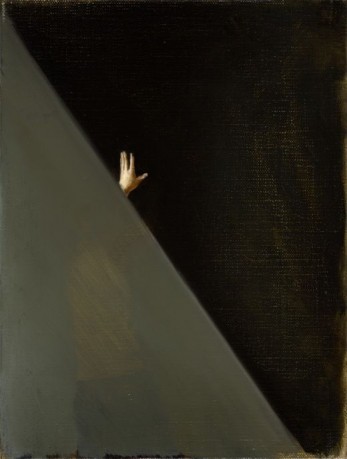
Written on November 15, 2013 at 10:47 am, by Kara Pickman
The actual content presented via the gallery booths and the related curatorial scenarios was of an elite, cerebral grade. While there were elements of commercial ambition towards private buyers (interior décor-friendly works from Julian Opie, Martin Creed, Gilbert & George and Anish Kapoor were available), the fair’s primary focus appeared to rest on the critical dialogue between artists, artists and curators, and curators and viewers.
Studio Life: Rituals, Collections, Tools and Observations on the Artistic Process

Written on October 29, 2013 at 11:02 am, by Kara Pickman
Since art is primarily experienced as something that’s been completed—with all of the source material, labor, ideas and time compressed and locked into an object on display—the weirder appendices of its production are rarely seen. The talismans that artists collect and keep in their studios may be enigmatic, banal and functional.
Jason Galbut
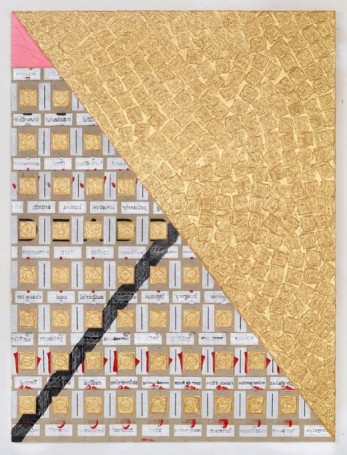
Written on September 12, 2013 at 7:00 pm, by Kara Pickman
The compositional systems are built up through a series of hunches and dissatisfactions. If something feels familiar I obstruct part of it —or all of it—until it doesn’t anymore. The obstructions add to the buildup. They are as complex in physicality and pattern as the arrangement of images they obstruct. Paradoxically, they amplify what they make invisible.
Dark Nights of the Universe

Written on September 12, 2013 at 7:00 pm, by Kara Pickman
The occasion for this text was a four-night gathering in which each contributor gave a talk about hermeticism and Laruelle’s work. A version of each lecture is published here. But it is perhaps another, more tangential occasion that equally colors this work: that of the original text’s translation. “Du Noir Univers” was first translated for an exhibition catalogue for Hyun Soo Choi’s black paintings in 1991. So while the true concerns of “On the Black Universe: In the Human Foundations of Color” are ontological, it is perhaps forgivable to approach it aesthetically. The cover is printed black on black, and the text interspersed with stills from Aaron Metté’s 2012 video which shares the same title as Laruelle’s essay. It looks at home on Mayhem’s merch table.
On Contemporary Regionalism in South Florida
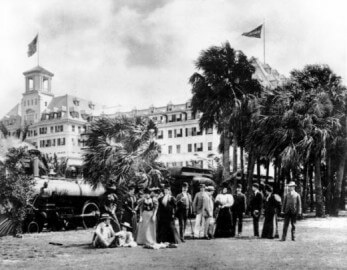
Written on September 12, 2013 at 7:00 pm, by Kara Pickman
Just as a language has different dialects that reflect regional variations, slang, or the influence of neighboring languages, art too has a location-specific vocabulary. This is not a new idea—art has been intoned by its surroundings since we killed bears in caves and crossed the plains. Painting landscape became a way to fantasize about territory and chronicle expansion and settlement—a way to stake an aesthetic claim on a place.
Decidedly More Than Delirium: The 55th Venice Biennale
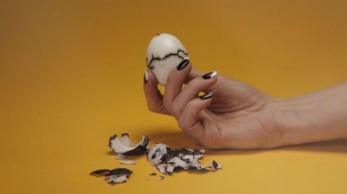
Written on September 12, 2013 at 7:00 pm, by Kara Pickman
For many, the world has always been too much, but the impulse to pluck form, meaning, and understanding from the abyss has persisted with varying levels of belief in possibility and impossibility—both of perfection and imperfection and of subjectivity and objectivity—that makes knowledge at turns an instrument of power, a means to transformative change, and a fleeting game of dizzying fascination.
The Facade and the Hype Man

Written on September 12, 2013 at 7:00 pm, by Kara Pickman
There is this illusion, this facade of Miami being the next thing, but very rarely do people examine the fact that Miami is a place that exists in the perpetual idea of the next thing. There is no resolution. With this line of thinking, we can compare the city to a hype man backing up a rapper. I don’t know who or what force the rapper might be, so I’ll leave it with that.
How Raw Data Double-Crossed Miami’s Artists
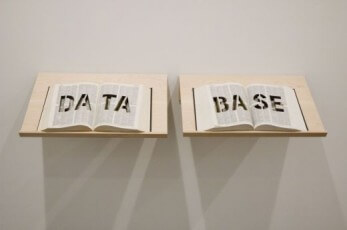
Written on September 12, 2013 at 7:00 pm, by Kara Pickman
Writing Google bait means conquering the listicle in all of its glory and parsing through spreadsheet-data puke until your brain feels like a nickel slot machine. City rankings in particular—worst traffic, largest percentage of beautiful people, most likely to get you laid—capitalize on residents’ pride and our collective obsession with list making.
Martin Kippenberger: Sehr Gut | Very Good
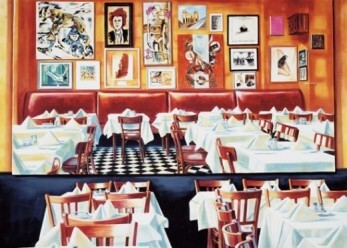
Written on September 12, 2013 at 7:00 pm, by Kara Pickman
The Hamburger Bahnhof, a former railway station that now houses the Museum für Gegenwart, or Museum for the Present, is intimidatingly large. Seeing so few works of Kippenberger’s on its clinically austere walls is like viewing an eruption through a peephole, but the exhibition still manages to convey that he was a master of many styles—from abstraction to impressionism to realism—as much as a playful, sloppy interlocutor of conceptual games and unceasing appropriation. He was a man of highs and lows who dragged from the spectrum of his own experience.
The Lost Boys: Doğan Arslanoğlu and Johnny Laderer
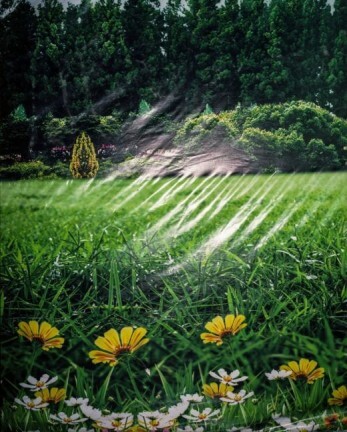
Written on September 12, 2013 at 7:00 pm, by Kara Pickman
The Lost Boys of J.M. Barrie’s Peter Pan are something of a misnomer. As the story goes, they were misplaced by their mothers and, having gone unclaimed for several days, were taken to Neverland. The Lost Boys barely had time to feel lost before being thrust into an environment that would inevitably shape their personal narratives. The sentiment is the same in Doğan Arslanoğlu’s and Johnny Laderer’s show at the David Castillo Gallery. Here, the story’s protagonists are not lost; instead, they are carving out a home, a narrative composed of intimate experience, nostalgia, the effect of place on a boy’s self-actualization.
